Abandoned and forgotten
I am afraid even to suppose that they did with the children there, that they died in such quantities. Nowhere else have I seen so many children's graves in one place. The cemetery has been abandoned for more than twenty years, that is, since the withdrawal of Soviet troops from Germany. Russian officials prefer to pretend that this cemetery does not exist in nature. Meanwhile, the German authorities are preparing in the near future to level the graves of Soviet children with the ground.
Officially, this place is called the northern sector of the Soviet garrison cemetery of the Dresden garrison of the Western Group of Forces. The first graves appeared here in 1949, when the place at the main garrison cemetery in the neighborhood ended. The last burial here was made in September 1987. It is not entirely clear, however, why Soviet citizens who died in peacetime could not be sent home. Over the years of the northern sector, more than 650 people have been buried here, including military 350 soldiers and 250 civilians.
In a separate section of the cemetery, 160 children are buried. As a rule, these are very young babies from a few weeks to one year. Now the children's graves in an abandoned cemetery look like this:
Children's graves began to appear in the garrison cemetery immediately after the war. At first, the dead children were buried in a small area adjacent to the main cemetery. Only when there was no place left, a new site in the northern sector of the cemetery was allocated for children's burial:
The graves of soldiers of the Western Group of Forces today look about the same abandoned. This is a relatively well-kept section of a cemetery with 1950's graves:
And this is again the children's graves:
Let's try to figure out how it happened that the Soviet garrison cemetery in Dresden was brought to such a deplorable state. There is an intergovernmental agreement on the care of war graves in Russia and Germany, signed in December 1992 by then Russian Foreign Minister Andrei Kozyrev during a visit to Moscow by German Chancellor Helmut Kohl. Under this agreement, the German side assumed all expenses for the maintenance of Soviet military burials in Germany. The problem, however, is that, according to German law, only graves of persons who died before March 31 of 1952 are considered wartime graves.
Where did this date come from is hard to say. For the first time it was mentioned in the law of Germany from 1965, the care of war graves. Now this law is called the Law on the Preservation of the Graves of Victims of War and the Dominance of Violence. The same date later migrated to the said intergovernmental agreement, since its text was prepared by the German side. Today it is considered that signing the agreement in that form was a mistake of the Russian authorities, since it completely ignores the fate of the post-war Soviet burials. However, backdating this error is now quite problematic to fix.
Thus, only the founded part of the garrison cemetery in Dresden was protected by the Russian-German agreement, where Soviet soldiers who died in the last days of World War II or died from wounds in the first post-war years were buried. All those who died or died after 31 March 1952 are deemed to have died in peacetime and, accordingly, are not subject to the agreement. In this situation, it would be logical to assume that the Russian side will take care of these graves. Anyway, these are our soldiers. However, the Russian authorities preferred to forget about the existence of a cemetery.
Kohl Porfirev, one might say, damn lucky. He died a year after the end of the war and was buried among the graves of Soviet soldiers in the main territory of the garrison cemetery. Nothing threatens his grave in the near future. The content of this part of the cemetery is paid from the German budget:
After the withdrawal of Soviet troops from Germany, the Soviet garrison cemetery in Dresden was transferred to the balance of the city. From this point on, only the most necessary landscaping works were carried out. The cemetery gradually fell into disrepair. Since 1996, the Office of Real Estate and Construction of the Federal State of Saxony has become the new nominal owner of the cemetery. In German, this institution is called Sächsisches Immobilien- und Baumanagement, abbreviated SIB.
The new owner of the cemetery came out with an unexpected offer ... to demolish all the graves of the northern sector of the cemetery. Thus it is planned to reduce the cost of care for the cemetery to a minimum. Roughly speaking, the gravestones are proposed to be eliminated so that lawn mowers do not stumble over them. The initial plans of the Saxon authorities envisaged the elimination of all the gravestones, all elements of the improvement, and most of the trees in the northern sector. The dead themselves remained at the same places in the ground. The names of those buried in the cemetery were planned to be written on three or five steles near the entrance to the cemetery. Such a reconstruction of the cemetery would have cost 250 thousand euros. But then the maintenance of the cemetery, turned into one large lawn, would have been relatively cheap.
It seems that these initial plans did not meet with the understanding of the first secretary of the Russian embassy in Berlin, Vladimir Kukin, who oversees the military memorial work at the embassy, so some changes were made to the project. The overall concept has been preserved, but now it is planned to install 20 obelisks with the lists of those buried. That is, relatives will be able to at least roughly assume where their loved ones are buried. Individual graves, however, will still be destroyed. At the same time, the price of reconstruction rose first to 300 thousand euros, and then to 350 thousand euros. This money is planned to allocate from the budget of the Federal state of Saxony.
For clarity, here is a map of the Soviet garrison cemetery before and after the proposed reconstruction:
Attempts to preserve the cemetery in the present are being undertaken only by individual German activists. An initiative group was formed to protect the Soviet military memorial in Dresden. She is headed by a Dresden journalist Yana Yannke. She believes that the cemetery is one of the last evidence of the almost half a century stay in the city of the garrison of the Soviet troops and therefore should be kept for stories. Wolfgang Schelik, chairman of the board of the German-Russian Institute of Culture in Dresden, is also carrying out some rescue activities.
The activists offered assistance in caring for the graves, offering to clean the cemetery twice a year by the forces of Russian emigrants and schoolchildren of both countries. These proposals remained unanswered by the Saxon authorities. At the same time, the activists wrote to Putin, appealed to former Soviet soldiers who once served in Dresden. They wrote to the Russian embassy to Vladimir Kukin. No word in reply. Moreover, journalist Yane Yannke is confident that the Russian authorities are not aware of the plans to destroy the cemetery at all.
Most of all, the activists are outraged by the fact that German taxpayers' money in the amount of 350 thousand euros is actually planned to be spent on the destruction of a historical monument. For its part, the Office of SIB claims that putting the cemetery in order while preserving historical tombstones will cost about one million euros. “This is very similar to a fictional figure designed to shock public opinion,” says Janne Jannke.
Activists nevertheless achieved some success. In 2010, the federal authorities of Germany included the northern sector of the Soviet garrison cemetery in the register of cultural monuments. Earlier in this registry were listed only the burial of the Second World War. Now the reconstruction project of the cemetery must be coordinated with Berlin. As a result, the work that was planned to be completed back in 2011 year, has not yet begun. However, it cannot be ruled out that the reconstruction of the cemetery will begin this spring. The complete indifference of the Russian side to the fate of the graves in this situation plays into the hands of supporters of the tombstones.
It should be added that in the northern sector of the cemetery there are also graves of Soviet soldiers who died during the Second World War. There are about a hundred graves there. One large mass grave, in which 71 people are buried, and also 25 individual graves. As a rule, we are talking about unknown soldiers, the remains of which were discovered some years after the end of the war. These 25 graves are scattered among the graves of soldiers of the Western Group of Forces. The original plans of the Saxon authorities assumed the preservation of a mass grave alone. Separate graves were supposed to be destroyed, which in general contradicts German law and the Russian-German agreement mentioned. Now these plans are sort of being revised. It is possible that this is one of the reasons for the delay in reconstruction. Here is one of these graves:
The main garrison cemetery, where the Soviet soldiers who died in the last days of World War II are buried, is also a rather sorrowful sight, despite the reconstruction carried out seven years ago:
The grave of Lieutenant Colonel Ivan Schelkov:
Immediately beyond the territory of the Soviet garrison cemetery, there are some objects of the Bundeswehr. The lost parts of the wrought-iron cemetery fence are replaced by a simple fence of pipes and grids:
Flowers on February 23:
For comparison, now look like the graves of Soviet children at the Kurepesi cemetery in Budapest.
As they say, feel the difference:
It is useful to recall that while in Dresden they cannot find the money needed to save the graves of Soviet children, the Russian Embassy in Prague will squander millions of dollars for extremely controversial reconstructions of Soviet and Russian war graves in the Czech Republic. Let me remind you that only the scandalous reconstruction of the Soviet memorial at the Olshany cemetery in Prague cost the Russian taxpayers about half a million dollars. At the same time, new obelisks were installed at a price at least five times higher than their real value. It would be enough to order only a few obelisks at the Olshansky cemetery at a real price, and the budget would create an amount sufficient to care for the children's graves in Dresden for several decades.
The problem is also in the fact that there are not one or two such garrison cemeteries in East Germany. They all have the same undefined status. Reconstruction of the Dresden cemetery by demolishing all the graves could create a very dangerous precedent for the future.
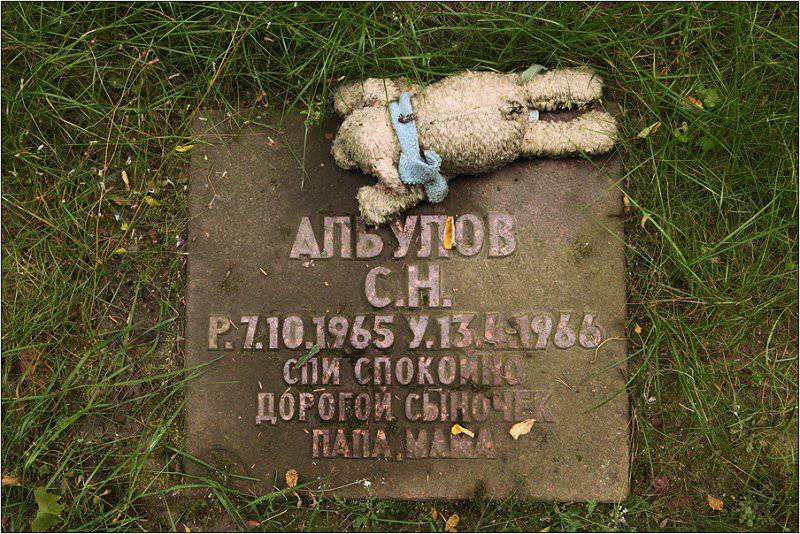
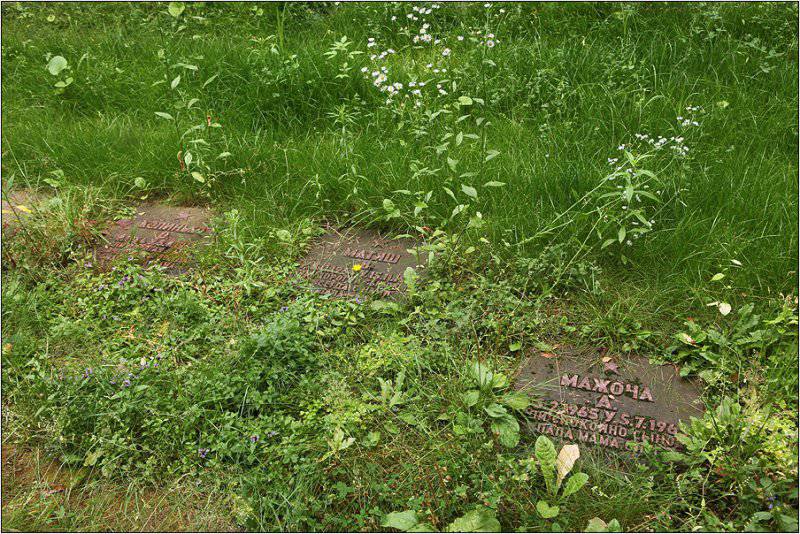
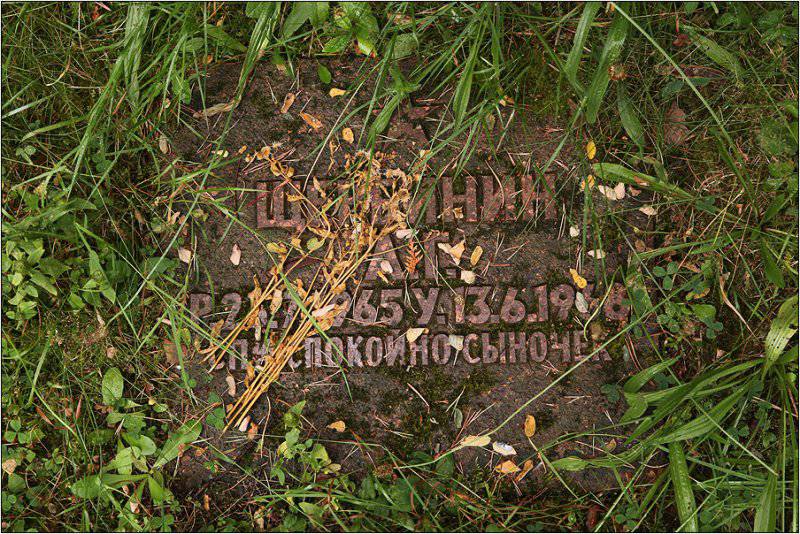
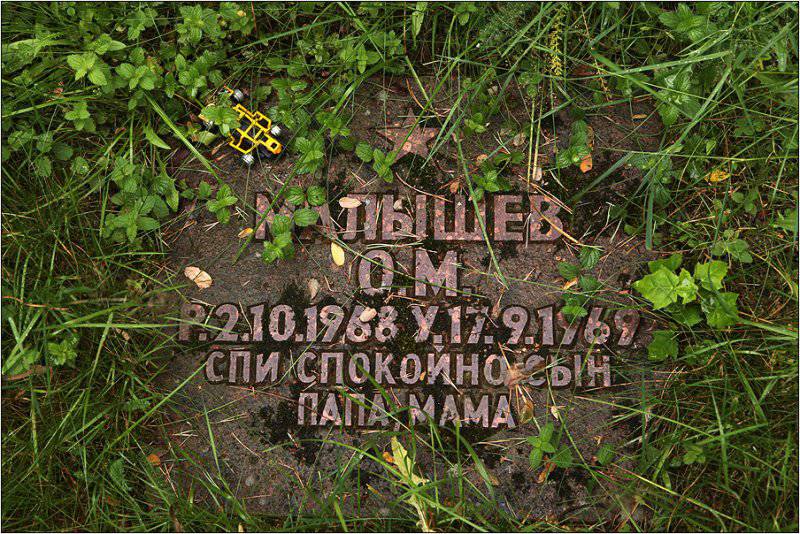
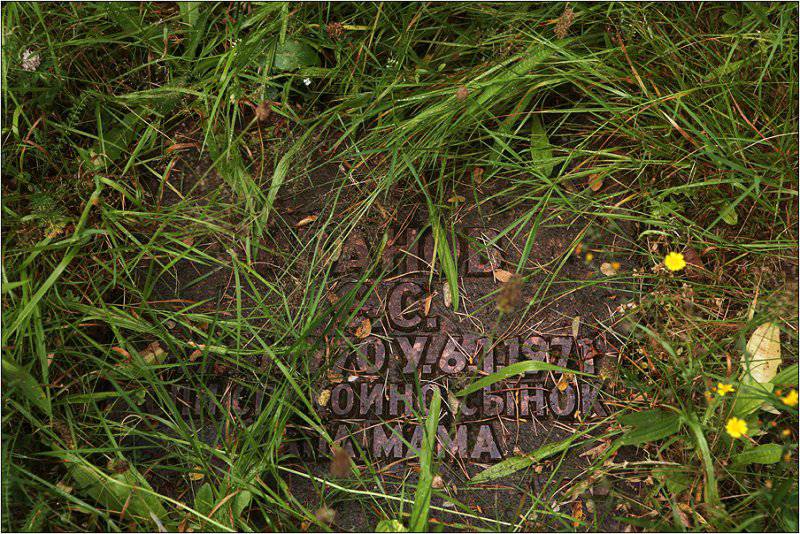
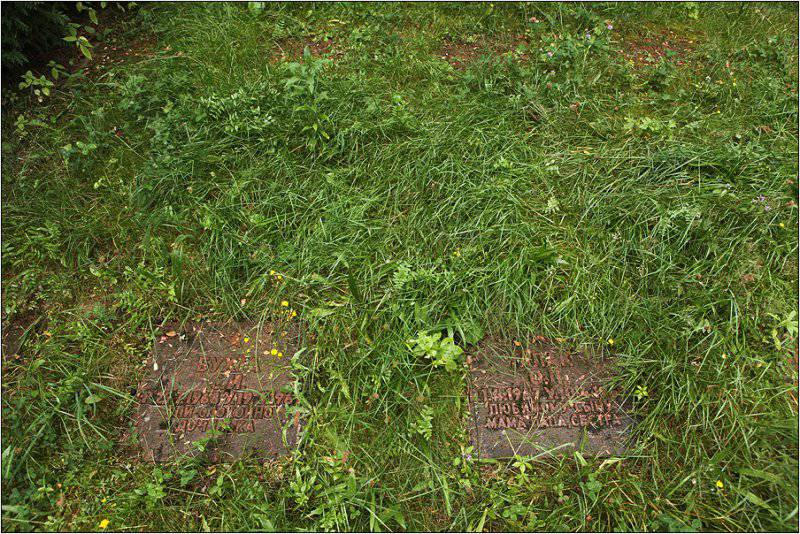
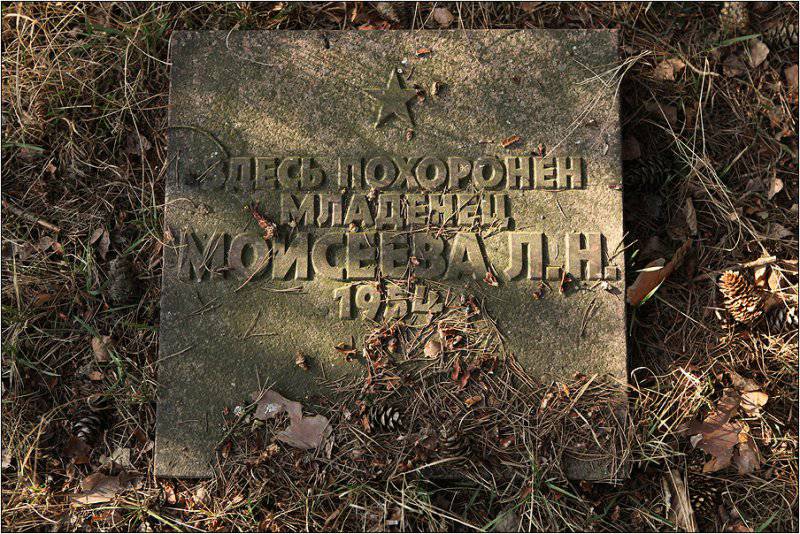
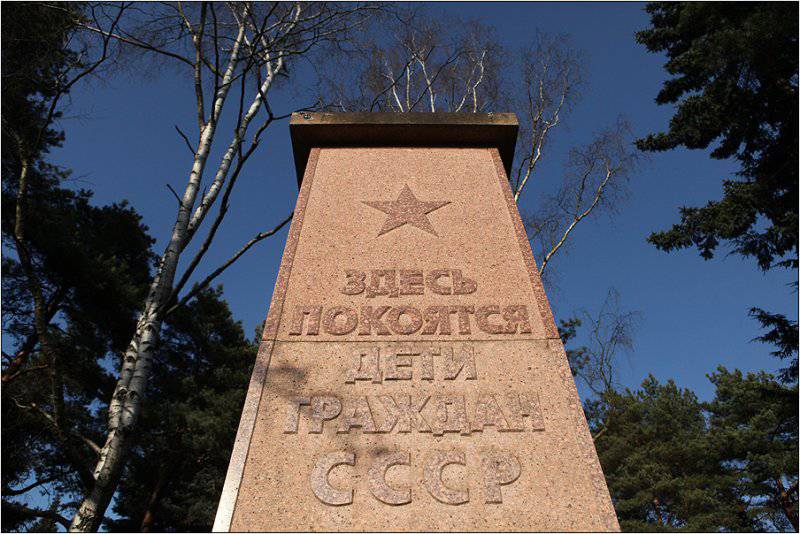
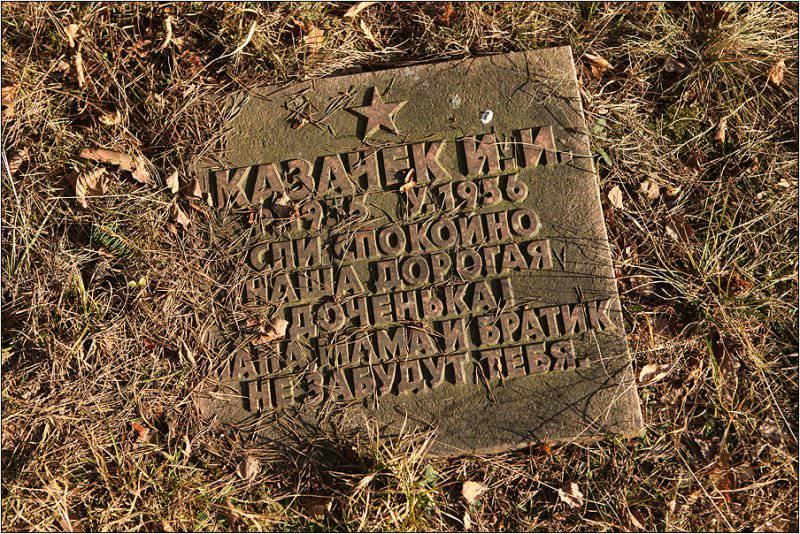
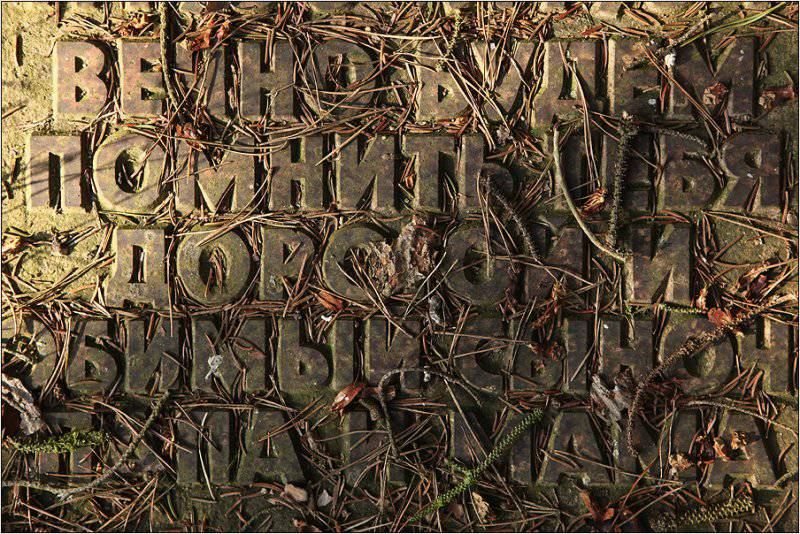
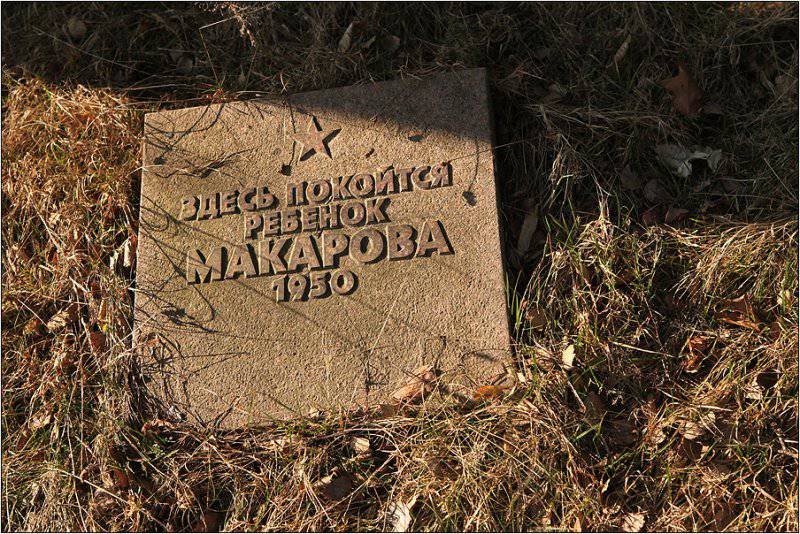
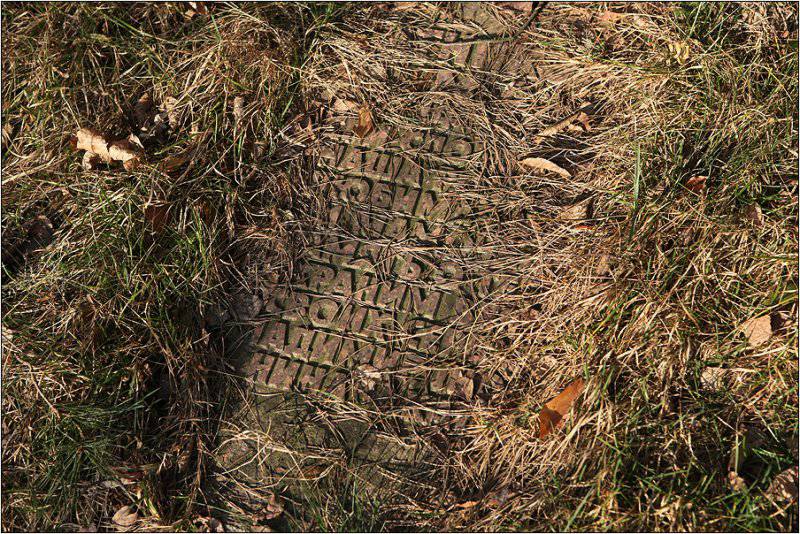
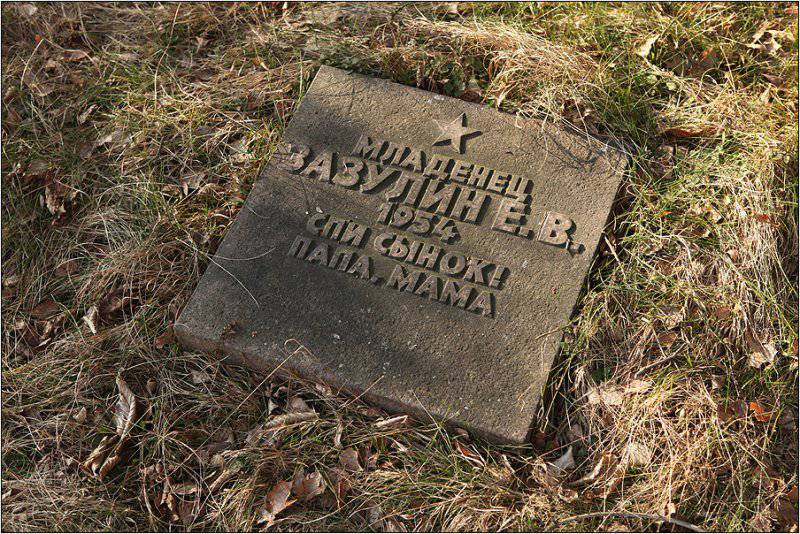
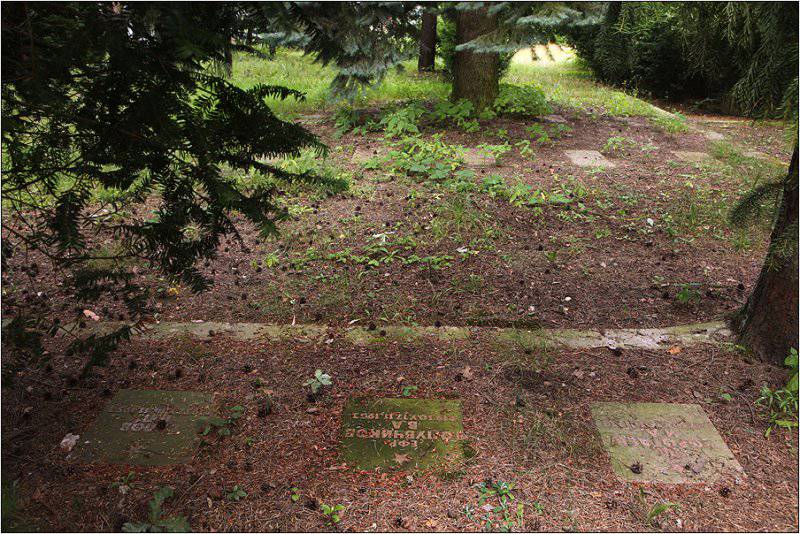
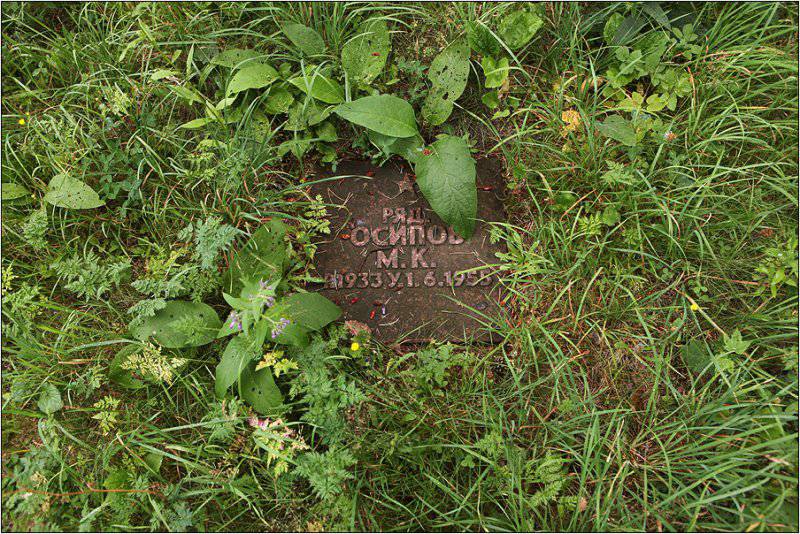
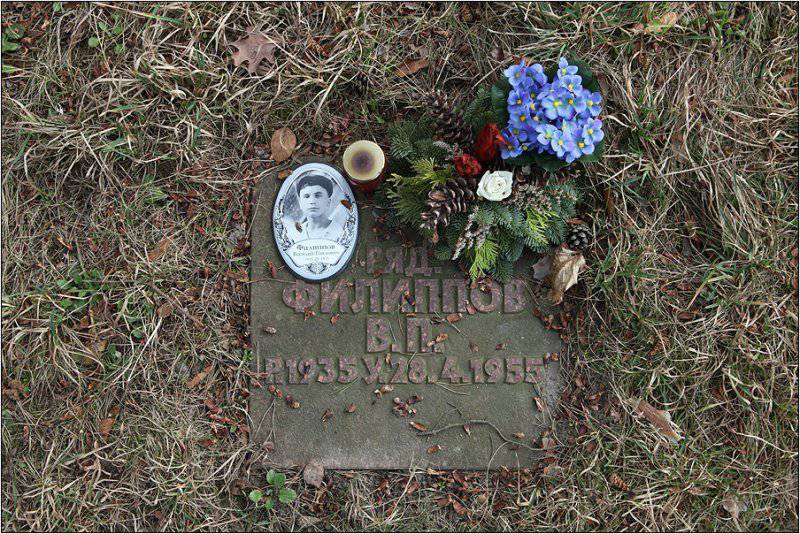
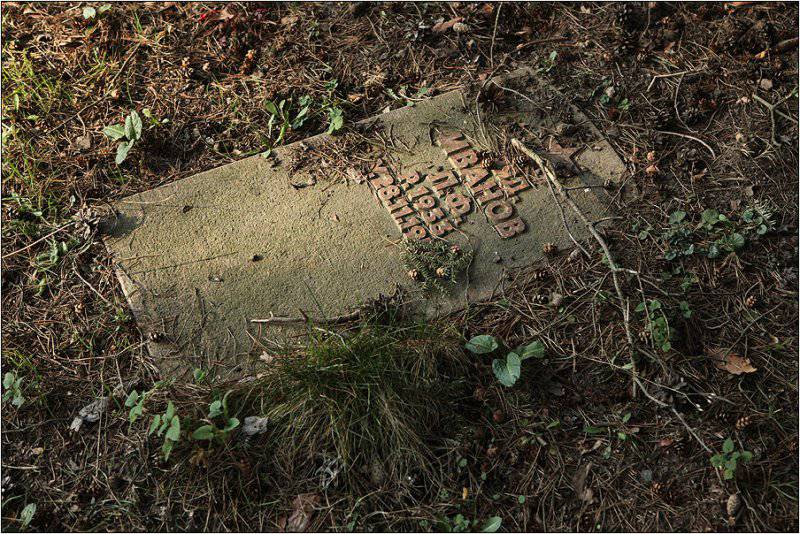
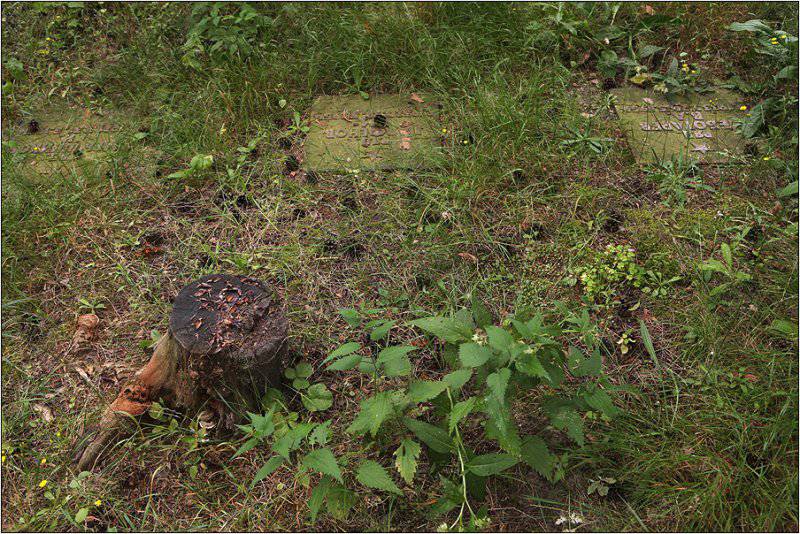
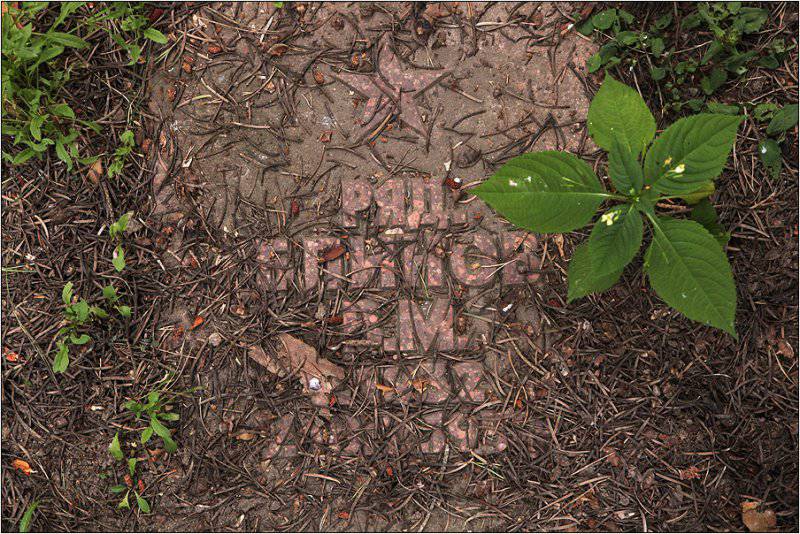
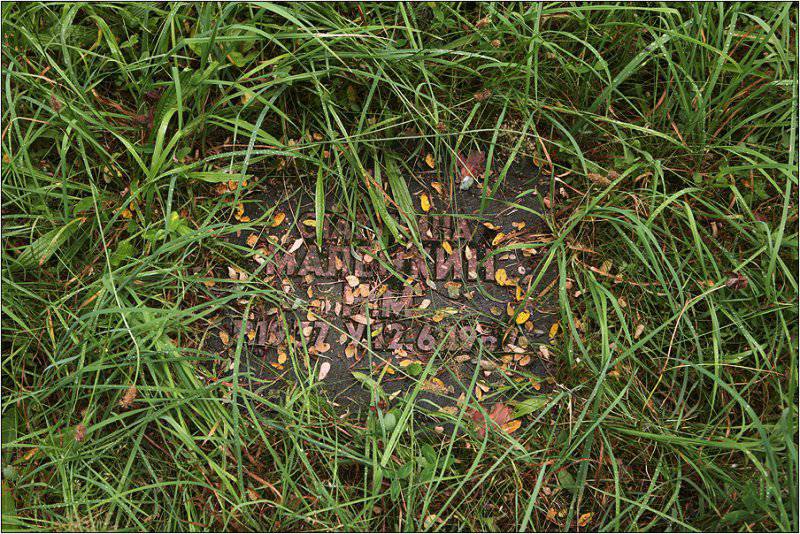
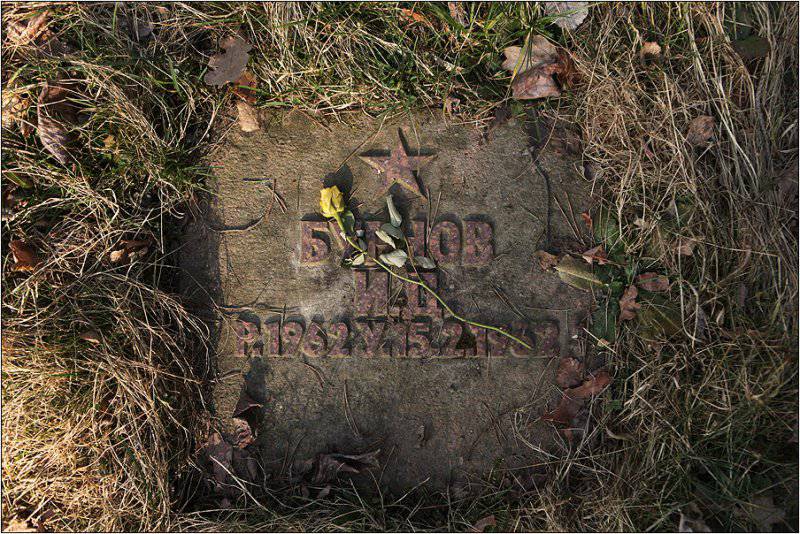
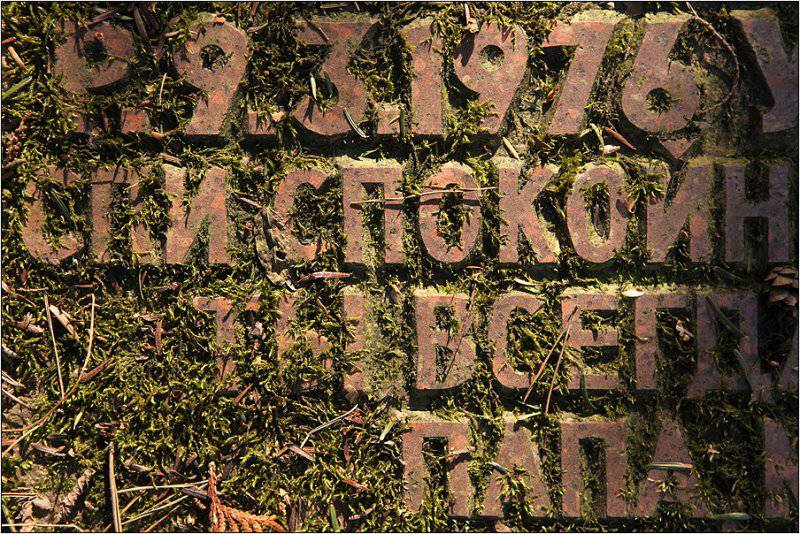
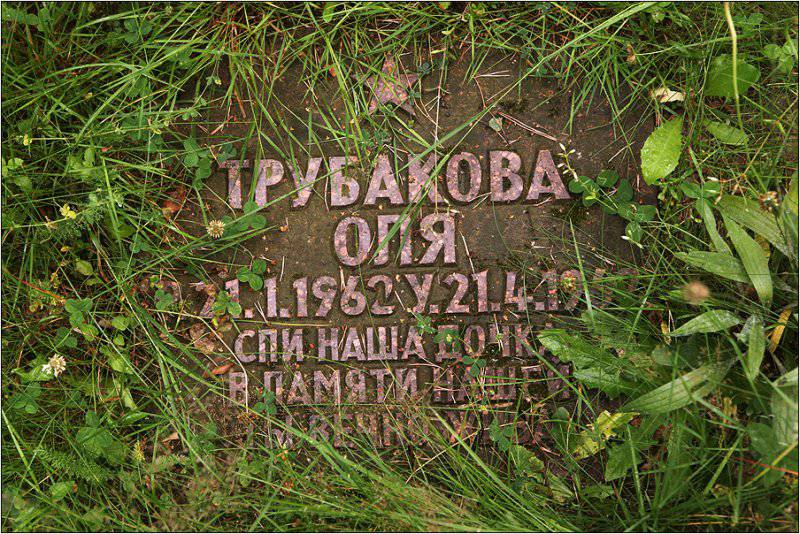
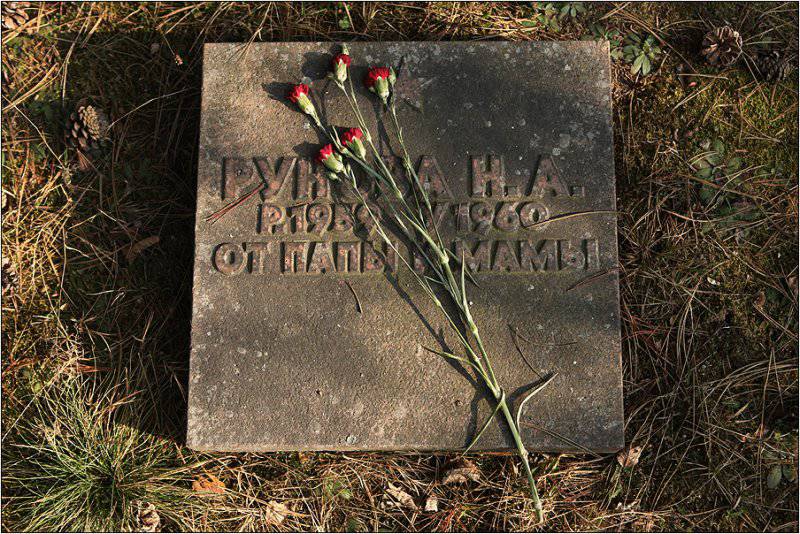
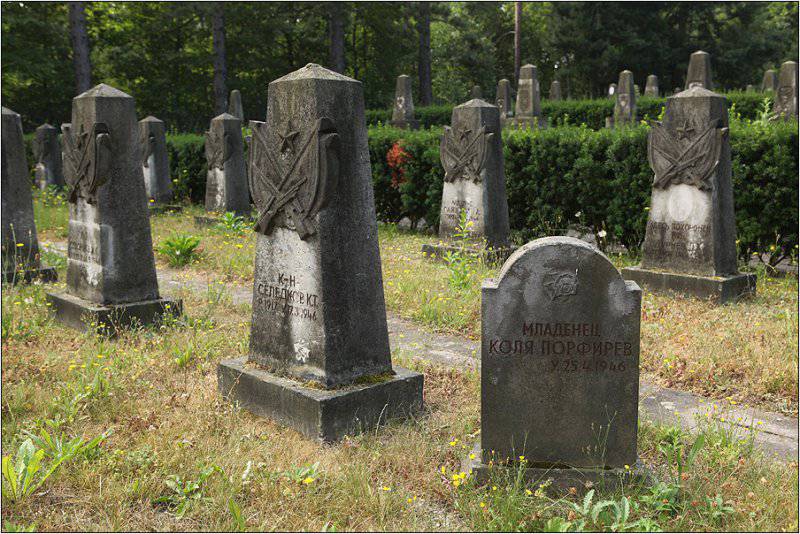
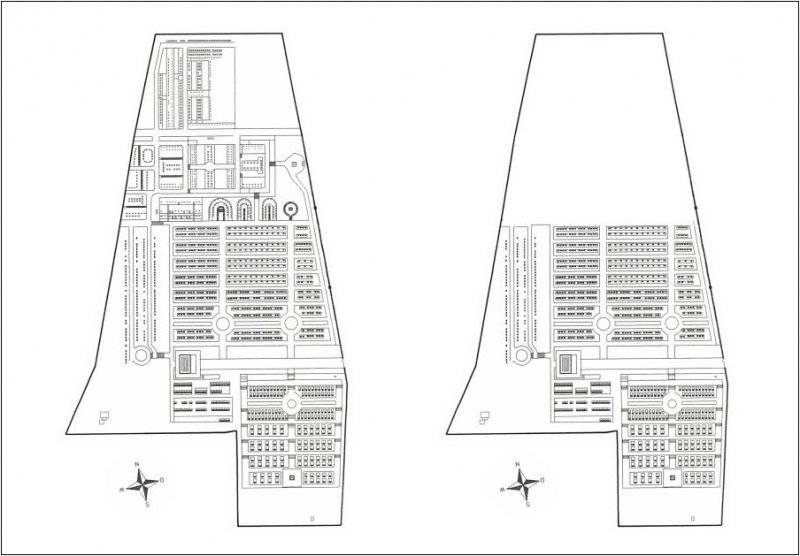
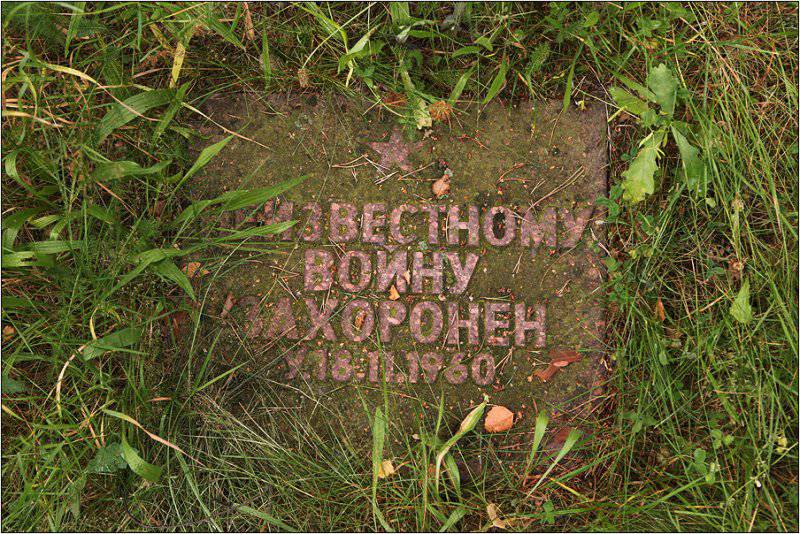
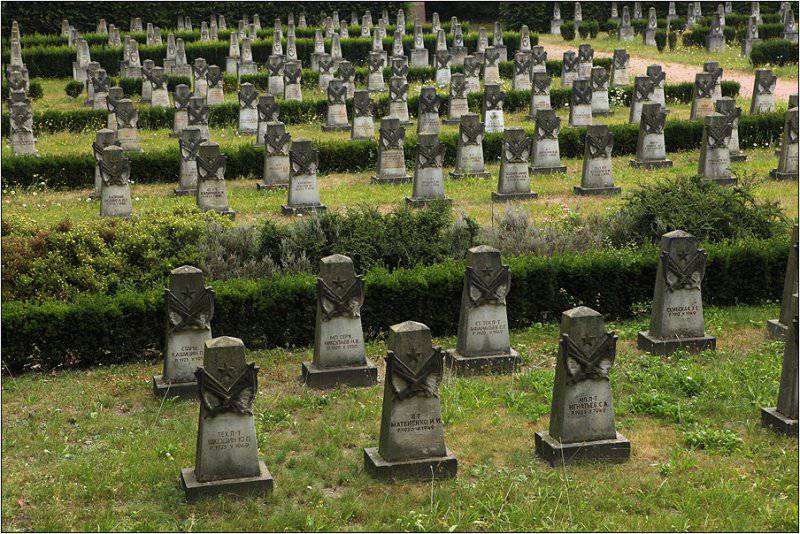
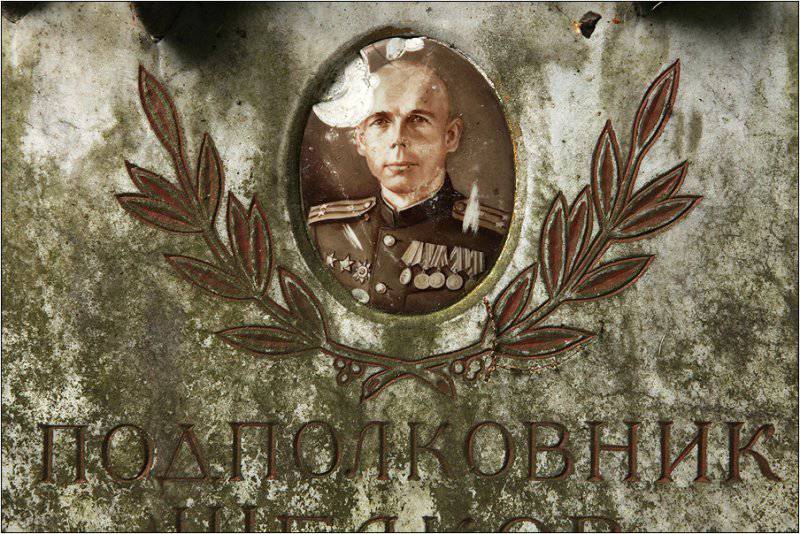
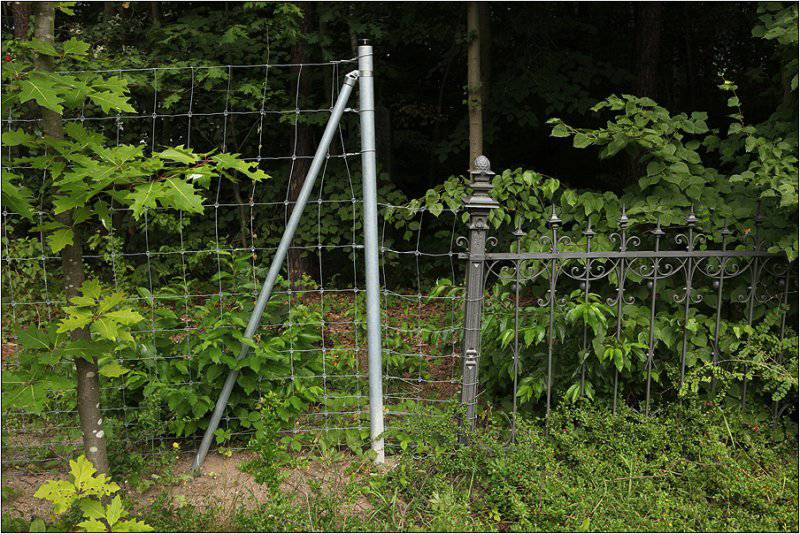
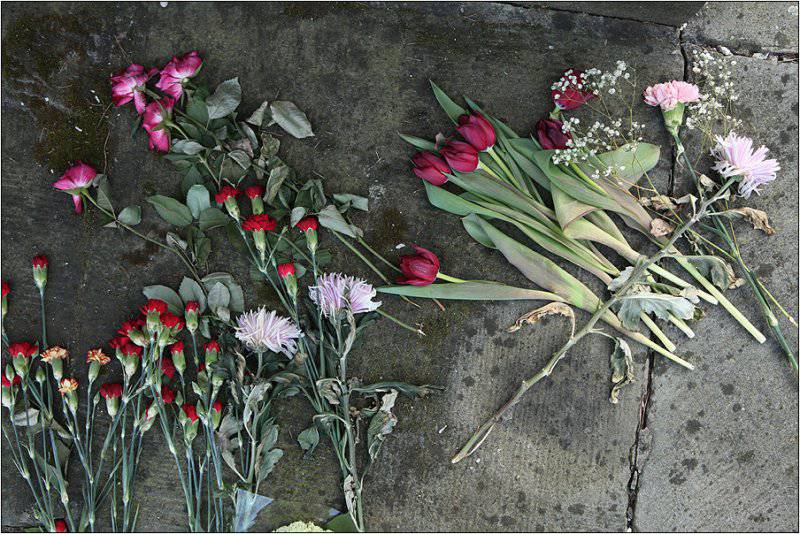
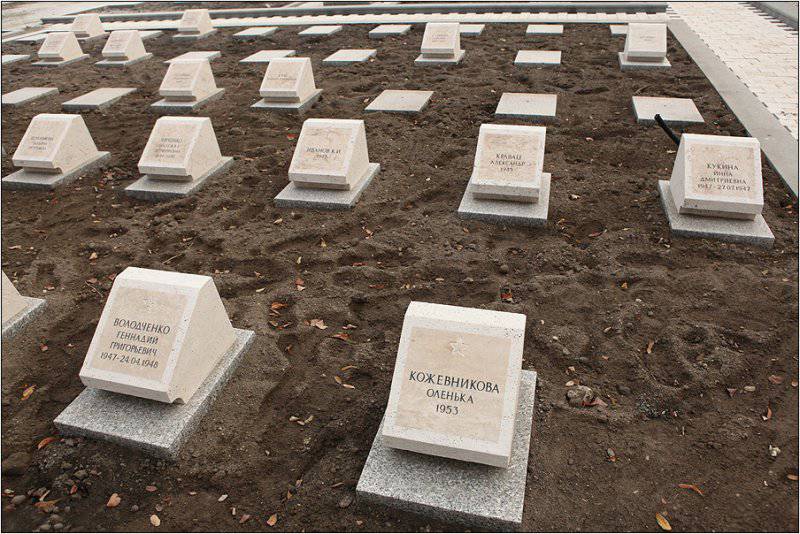
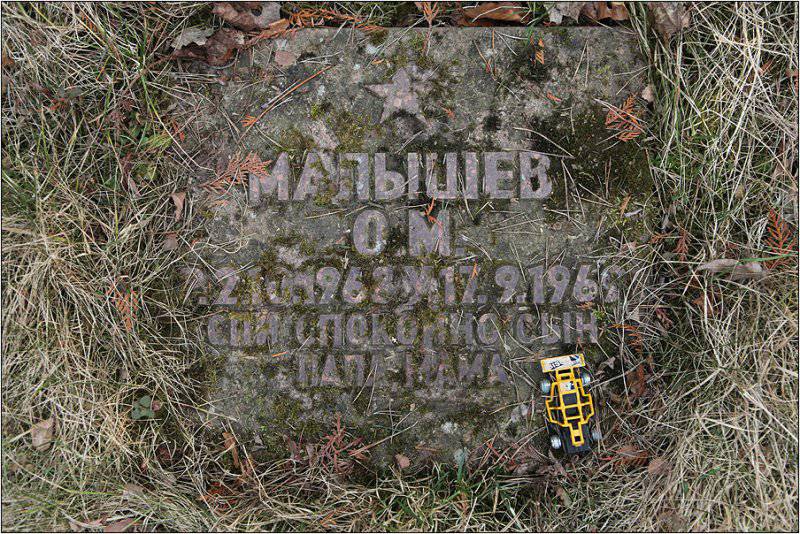
Information